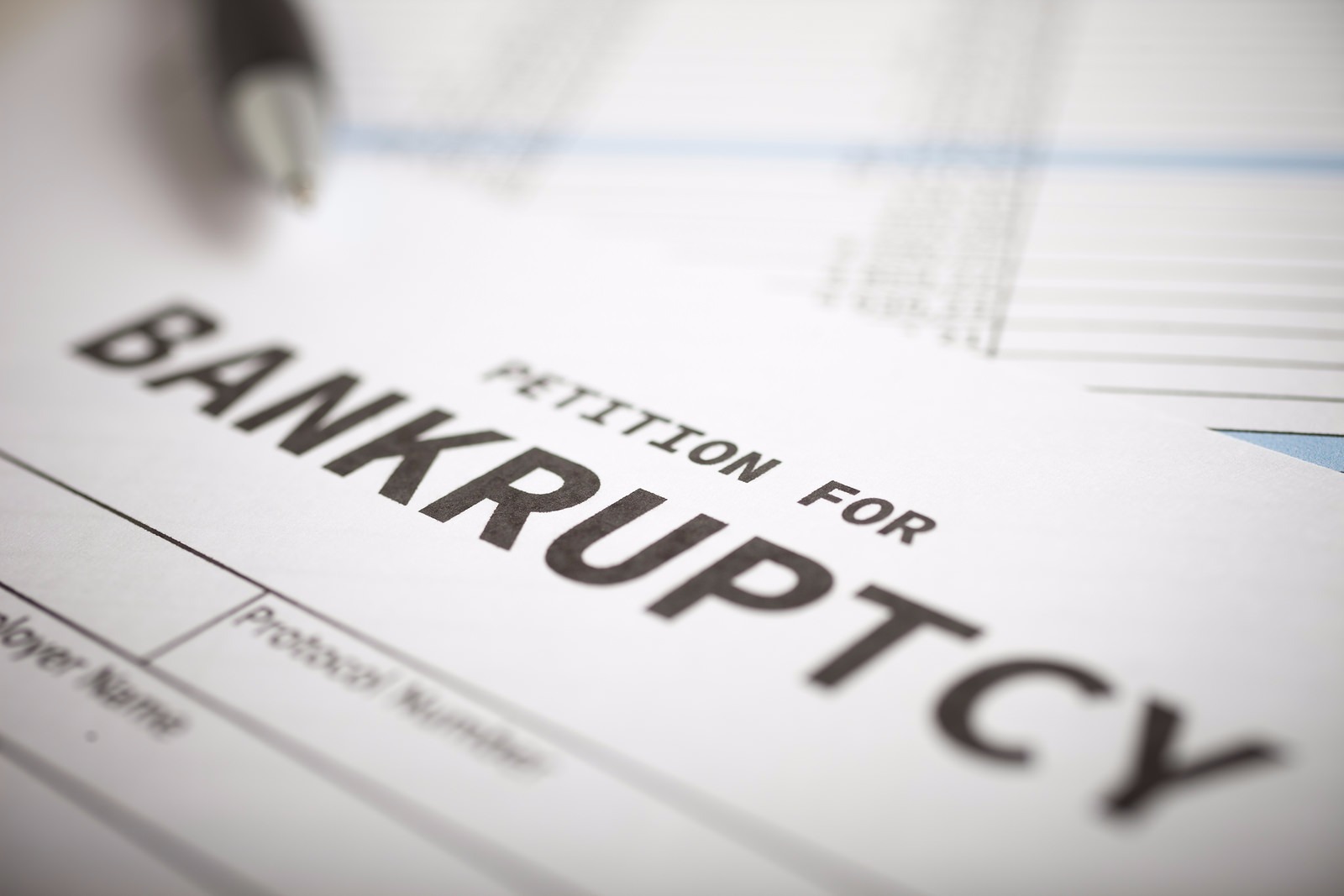Bankruptcy is a legal process through which people or other entities who cannot repay debts to creditors may seek relief from some or all of their debts. In most jurisdictions, bankruptcy is imposed by a court order, often initiated by the debtor. Bankrupt is not the only legal status that an insolvent person may have, and the term bankruptcy is therefore not a synonym for insolvency.
Chapter 7 Bankruptcy
Sometimes referred to as "total liquidation" , Chapter 7 Bankruptcy allows for the discharge of most unsecured debts including credit card debt, medical bills, personal loans and certain other priority debts. In most cases, the debtor is allowed to retain the things they already own, including their home, car and personal items. Although there is no bright line test, with a few simple questions we can determine if a Chapter 7 bankruptcy is appropriate.

Chapter 13 Bankruptcy
Chapter 13 Bankruptcy is essentially a repayment plan whereby the debtor makes monthly payments to the U.S. Trustee. Once the payment plan is completed, the balance of the unsecured debt is discharged. A chapter 13 is used to protect assets like a home or vehicle. It can also be used when the debtor's income is too high for a Chapter 7 Test.
Bankruptcy is a complicated area of law. When first meeting with a client, my attention is focused on three broad subjects:
- What do you own?
- How much and what type of debt do you have?
- What is the household income?
The answers to these basic questions typically guide what steps are to be taken next.